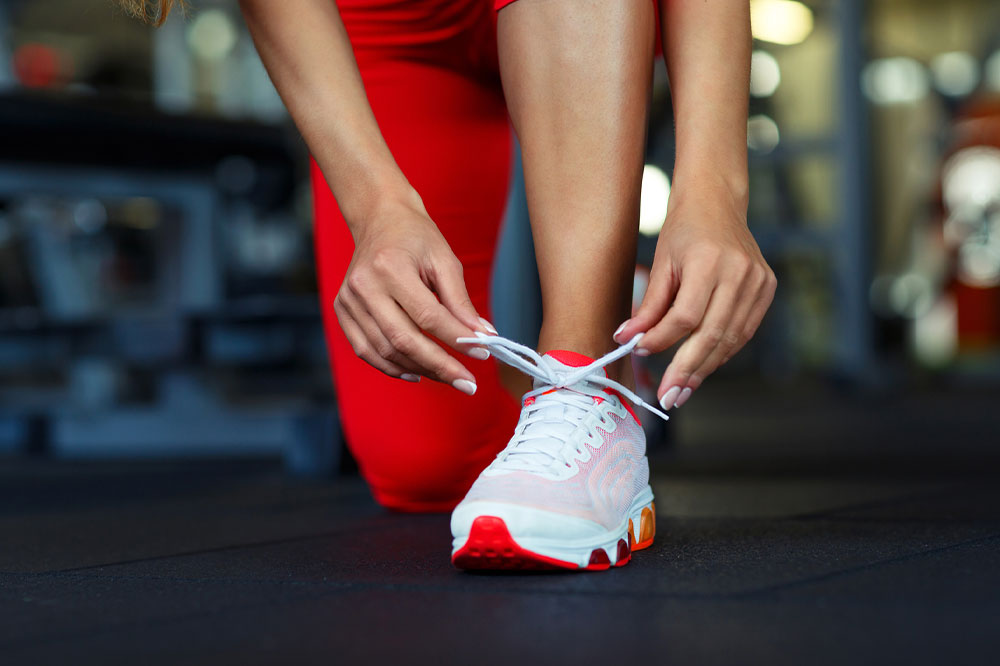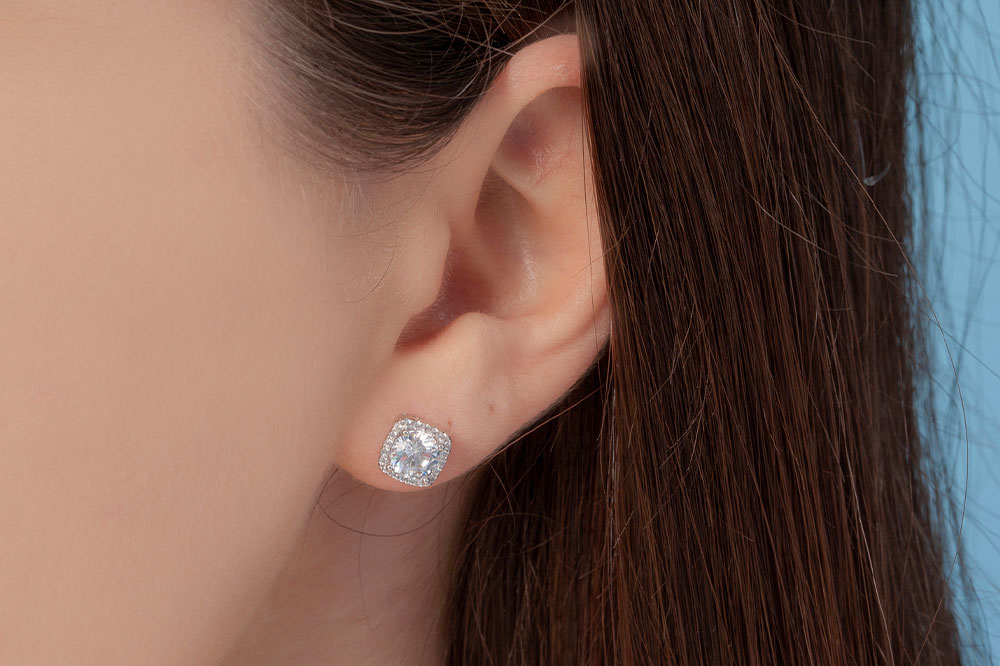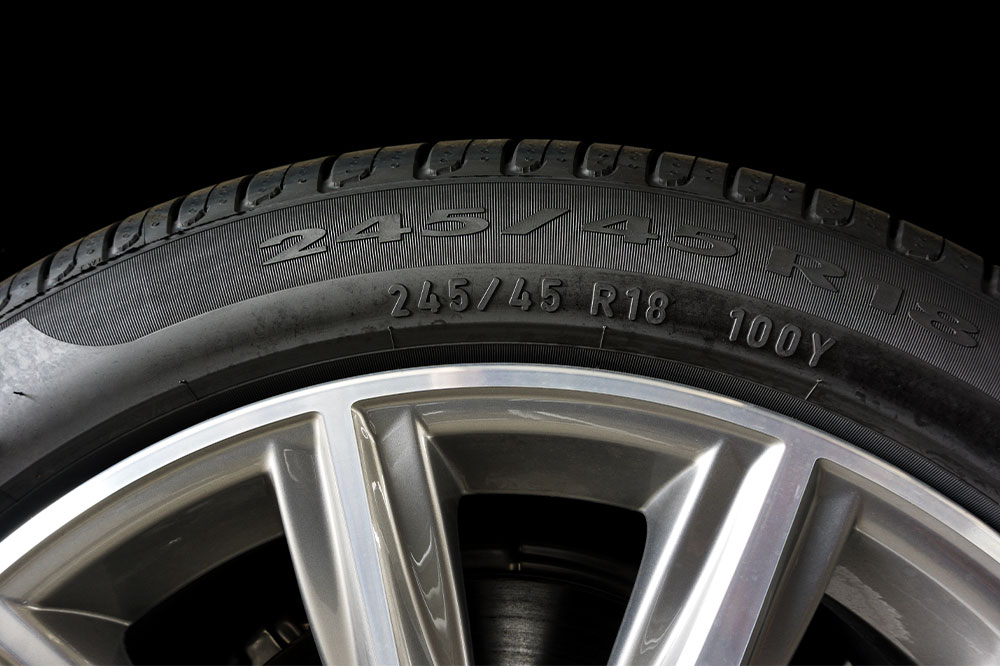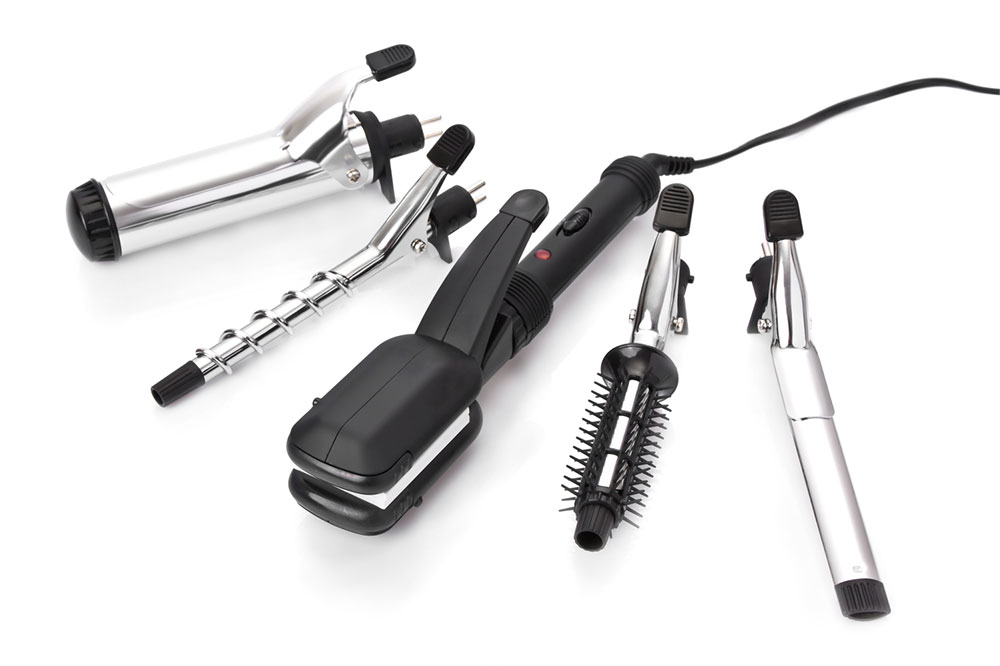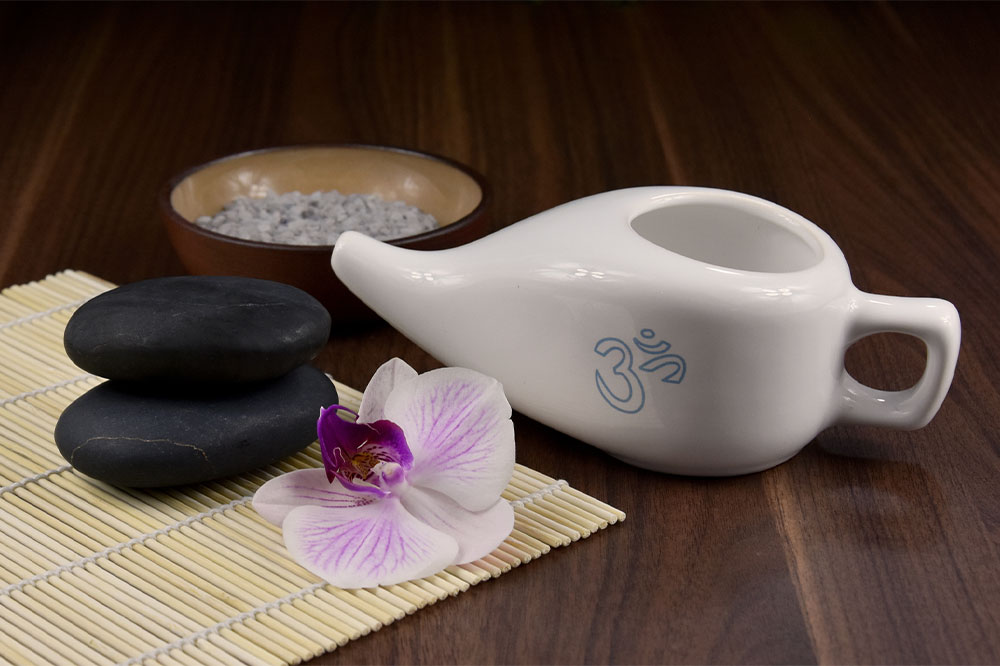Myelodysplastic syndrome – Symptoms, causes and management

Myelodysplastic Syndrome (MDS) is a severe and complex disorder wherein the blood stem cells do not fully mature into healthy blood cells. When the body is deprived of healthy blood cells, one may develop other health conditions like anemia, bleeding without reason, and frequent infections. MDS is a rare condition that affects around 4 out of 100,000 people in the country. Here are some of the common symptoms, causes, and treatments to manage MDS.
What is Myelodysplastic syndrome?
The bone marrow usually produces three types of healthy blood cells to keep the body functioning properly. These include red blood cells (RBCs) that carry oxygen, white blood cells (WBCs) to fight infections, and platelets to help the blood clot during an injury. Now, with MDS, this entire process is disrupted. The bone marrow either starts to make abnormal levels of blood cells or does not make enough of them, which leads to low blood cell counts.
Types of Myelodysplastic syndrome
There are six types of MDS, all divided according to the shape and characteristics of the blood cells-
- MDS with multilineage dysplasia (MDS-MLD)- Here, more than one type of blood cell is oddly shaped.
- MDS with single lineage dysplasia (MDS-SLD) – One of the three types of blood cells looks abnormal and is low in number.
- MDS with ring sideroblasts (MDS-RS) – The existing blood cells appear to have rings of excess iron around them.
- MDS with excess blasts (MDS-EB) – Blasts are extremely immature blood cells found in abnormal bone marrow levels.
- MDS associated with an isolated del (5q) chromosome – Here, the red blood cells are abnormally low and mutated.
- Myelodysplastic syndrome, unclassifiable (MDS-U) – As the name suggests, this type may have unclassifiable results, like abnormal chromosomes or low blood cell count, but no other noticeable signs of MDS.
Myelodysplastic syndrome symptoms
Here are some symptoms of MDS that should prompt one to seek healthcare attention-
- Anemia – Anemia, which refers to red blood cell or hemoglobin deficiency, is one of the most common symptoms of MDS. In this condition, the tissues and organs do not receive enough oxygen, so one may feel abnormally tired, dizzy, or have severe headaches. Usually, these symptoms do not get better even after resting well.
- Quickly catching infections – White blood cells are responsible for fighting off infections, and MDS compromises their count and, thus, the immune system. It can lead to the body being easily affected by viral or bacterial infections. One may also notice that the recovery time is longer.
- Running a fever more frequently
- Inability to catch breath or having breathing difficulties
- Pale skin—People may notice paler skin or a loss of color, including on the inner eyelids and the inside of their mouths and noses.
- Easy bruising – This usually happens because low platelet counts in MDS result in impaired blood clotting, making it easier for bruises to form even from minor bumps or injuries.
- Bleeding – Often, MDS patients experience bleeding that does not stop, even with home remedies or treatments. This is because of low platelets in the body.
- Petechiae – There may be tiny, flat spots on the skin caused by bleeding underneath it.
It’s important to understand the warning signs and symptoms of MDS and seek treatment whenever one notices them. If left untreated or ignored, the condition can worsen and even develop into cancer of the bone marrow and blood cells called leukemia.
Myelodysplastic syndrome causes
Usually, age older than 60 or above puts individuals at a risk of developing MDS. In addition, if one’s gone through any previous treatments like chemotherapy or radiation therapy or has been exposed to certain industry chemicals like benzene, it advances the risk of MDS.
Myelodysplastic syndrome treatments
Currently, there’s no direct one-shoe-fits-all cure for MDS, so the treatment usually aims to slow down the disease progression, ease one’s symptoms, and prevent the condition from getting worse or complicated. An MDS patient may be recommended for blood transfusions, wherein a donor’s blood may be used to replace the deficient blood cells in the body. Several prescription remedies can help stimulate blood cell production, help them mature, reduce cell transfusion needs, or help target specific genetic abnormalities.
Another treatment option that health experts suggest would be a bone marrow transplant. This treatment involves certain risks but offers quicker results as it aims to replace abnormal cells with healthy ones. However, one has to be inherently healthy as per the healthcare requirements to undergo this process. Those in advanced stages may not be recommended transplants.

